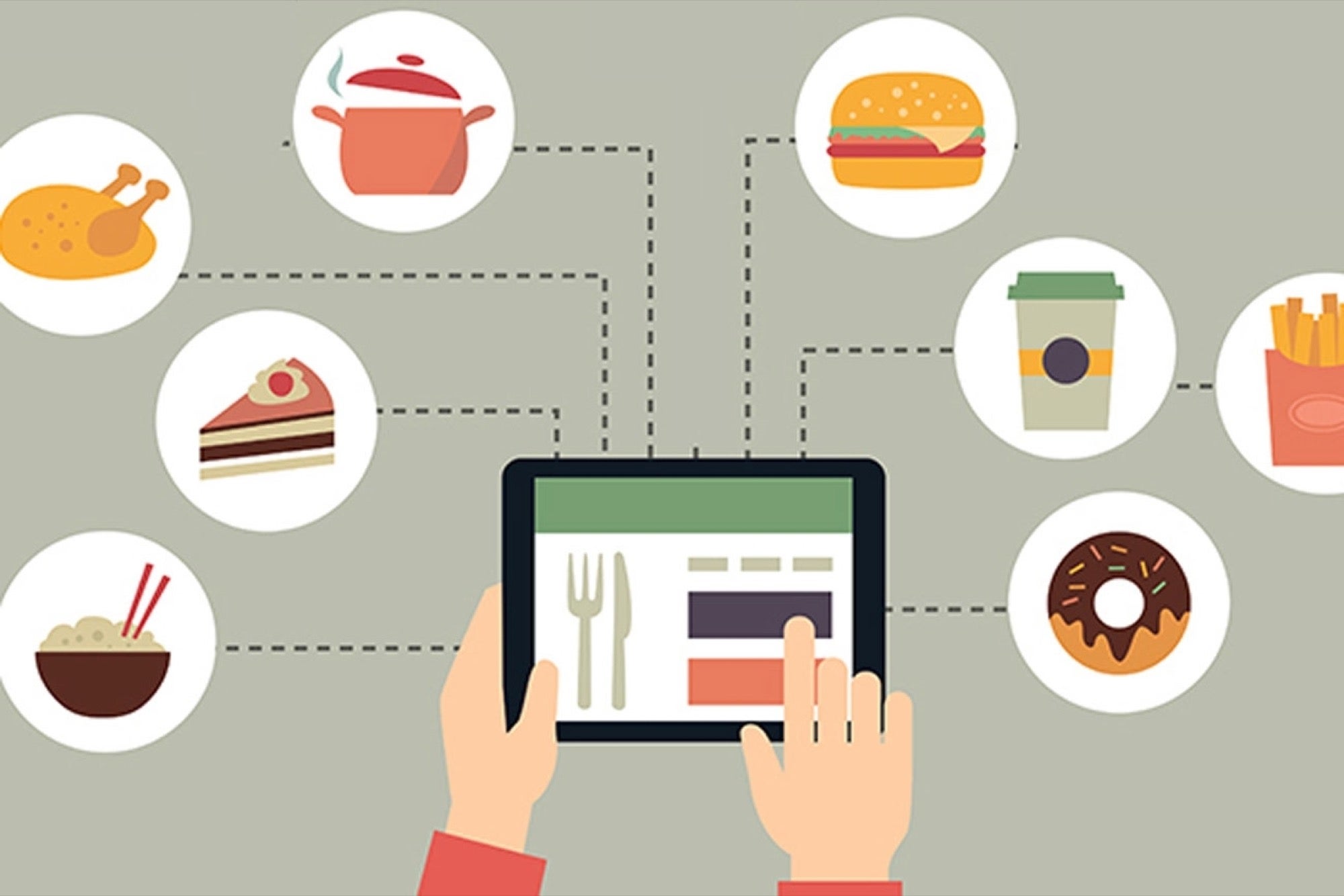How food-tech can make money? Food tech is clearly driving consumption of foodaway from 'on-site' (in the restaurants) to 'off-site' (home / offices / colleges).
Opinions expressed by Entrepreneur contributors are their own.
You're reading Entrepreneur India, an international franchise of Entrepreneur Media.

'Food-tech' is a misleading term. It is actually a means to build consumer rasing their businesses in the food category. The 'app'esitation of food businesses is unfortunately branded as food-tech. Anyways, we all know, the so called 'food-tech' is trying to create disruptions in the food delivery space.
To some extent, it has impacted the way food services industry operates, usually under a banner with a defined place to serve food. Food tech is clearly driving consumption of foodaway from 'on-site' (in the restaurants) to 'off-site' (home / offices / colleges).
This can potentially improve economics of many food services brands (since cost of delivery is going to be less than rental cost + servicing cost on premises). However, increasing penetration of food-tech also means banners; brands and location will increasingly become less relevant.
Food-tech investments, usually driven by smart young entrepreneurs and novelty element, have attracted a lot of significant VC money from angels, early-stage as well as mainstream investors in last couple of years. However, despite millions of dollars invested primarily to acquire customers and build scale, there are more question marks than palatable answers on the long-term viability of the food-tech models.
If food-tech has to survive, grow and more importantly become profitable, entrepreneurs have to reinvent the business model transforming from 'food-tech' to 'supply-chain-centric' models.
It is possible to achieve higher order rates and scale on the back of multiple funding rounds but that does not guarantee break-evens and sustained profitability. The differentiation of "delivery-oriented-food-tech" over already existing efficient food delivery infrastructure in every nook and corner of the country, is very limited, hence we are yet to see a profitable food-tech company.
Even if the delivery oriented models outperform the existing local delivery models on service, choice and promotion, it is definitely not going to be 'equity play' in the foreseeable feature.
The new-age delivery businessescan become sustainable in the area they operate in but their replication to new geographies will not be smooth as there are hardly any back-end economics. I admit my ignorance or inability to rationalise money invested by some marquee names in the VCPE industry in the delivery-focused models.
Clearly, the model has changed for good in last few months with funding drying up and investors as well as entrepreneurs developing more bottom-line focus. If we scan the current food-tech space, there are primarily three kinds of "Food-tech" models as stated below. It is possible that some brands may have some overlaps across models.
Model # 1: Food delivery from restaurants by likes of Zomato, Swiggy, Foodpanda
Model # 2: Delivery from own kitchens from likes of Innerchef, Fassos, iTifffin, frsh, Eatfresh
Model # 3: Delivery from home kitchens by likes of Holachef
Model # 1: Listing +Delivery
This is a marketplace model aggregating restaurants for listing and delivery of foods. This model relies solely on commissions earned from restaurants on listing and delivery of food from restaurants.
Restaurant listing and delivery in India is already heavily commoditized. Almost all deliveries in unorganised sectors are free of cost (at a minimum order level) and it is very hard for food-tech to compete with local restaurants on delivery along. My guess is model # 1 is likely to fail unless existing players can charge consumers for delivery, which looks unlikely.
Model # 2: Captive kitchens
This is closest to restaurants model where the Company owns kitchens /commissaries, recipes, chefs, menu etc except for a place to service food.
Thus this model substitutes real estate / rental cost (which is usually 10-25 percent of sales depending on brand and location) in a restaurant model with delivery cost (usually 5-10 percent for 5 KM radius). Thus, this model is more cost-efficient than restaurants and hence likely to yield better margins.
Also, this model gives flexibility to backward integrate, develop vendors, experiment with menu, employ own chefs etc. This model also helps in better quality control.
The disadvantage in this model is that it is hyperlocal in nature. It takes time to set up own kitchen, hire chefs and develop vendors and infrastructure for delivery. Also success of one kitchen does not guarantee that next kitchen will be successful. So success in Gurgaon does not guarantee success in Noida and likewise success in Bandra does not guarantee success in Malad.
This model is likely to succeed in localities / colonies with high population density with relatively less options for eating outside.
Model # 3: Home kitchens
Aggregation of home kitchens is indeed a novel concept. Even if a fraction of home kitchens in India are willing to sell cooked food through aggregators; the market opportunity runs into billions of dollars.
The model relies on earning commissions by selling food prepared by homemakers / chefs from already existing kitchens, which in many cases is sub-optimally used. Thus this model is asset-light and helps to scale up quickly relative to model # 2.
As a side note, organisation and aggregation of home kitchenshas the potential to be biggest disruption in the food space. The scale and impact of growth of home kitchen segment is beyond imagination.
It has the potential of turning millions of homemakers / home-chefs into home-entrepreneurs, who can earn sizable amount of money without stepping out of house. This can also be one of the path-breaking social impact story in urban India by empowering housewives like never before.
The challenge in scaling the home kitchen segment will to balance the "diversity / choice" in the food offering from chefs / homemakers with need for "standardisation and control in hygiene, quality and food safety elements".
Which model has the best chances of success?
How do you define success for food-tech models? To me, success is an optimum combination of scale and margins, particularly at infancy or juvenile stage of business.
It is difficult to put precise number for scale but after evaluating about fifty odd food-tech models, I would say a successful scale would be minimum of 10,000 orders per day.
I can be more precise with margin numbers. Gross margins have to be in the range of 50-60 percent to cover raw material, delivery and overhead cost and make Ebidta margins in the range of 15-25 percent.
The above mentioned numbers for scale and margins are possible in a combination of Model # 2 and Model # 3. While Model # 3 can give you quick ramp up, Model # 2 can help build quality control, captive supply chain and vendor base, room to experiment as well as backward integrate which is critical for building margins.
In fact, captive kitchens can support home kitchens by providing better ingredients, negotiate rates and buy raw material and can also supply some standard semi-cooked stuff (like batter, dough) to home kitchens.
In summary, investors are better off by investing in businesses which are focused on 'cash-flows' than 'cash-burns'. Entrepreneurs also need to realise that in food service business, you cannot sustain long-term with less than 50 percent gross margins which is only possible in supply-chain-integrated models than pure marketplace models.













